There are many different forms of sugar, and most are pretty bad for you. But where does fructose rank?
Everyone knows that sugar is unhealthy, but there are still mixed opinions about whether a little fruit is good in moderation.
As with many things, the answer is a little more complex than a simple “good” or “bad” response. Here’s why too much fructose can be dangerous, and which foods it might be hiding in.
In need of a sugar detox?
Click here to get your FREE Sugar Detox Guide + Sugar-Free Recipes!
Different Types of Sugar
There are three types of sugar primarily found in natural carbohydrate-based foods: glucose, fructose, and sucrose. While they are all the same as far as calories go, they differ in how the body uses them for energy and how they affect our health.
Glucose is the body’s preferred form of sugar because it can most easily convert it and use it for energy. (1) It’s also the least sweet form of simple sugars. (2)
Fructose is found naturally in most fruits, as well as in honey, agave, certain vegetables, sugar cane, corn, and sugar beets. Fructose extracted from sugar cane and corn is converted into the type of fructose that is added to foods and sometimes processed into high-fructose syrup. Fructose has the sweetest taste, but in a strict comparison, has a less spiking effect on the blood sugar. (3)
Sucrose is half glucose and half fructose. It is commonly extracted and refined into the table sugar that is highly addictive though technically less sweet than pure fructose. (4)
If fructose affects the blood sugar least of the three, why is it considered the most toxic form of sugar? Here’s how fructose is associated with insulin resistance, diabetes, metabolic syndrome, and liver toxicity – and what to do about it. (5)
5 Downsides of Fructose
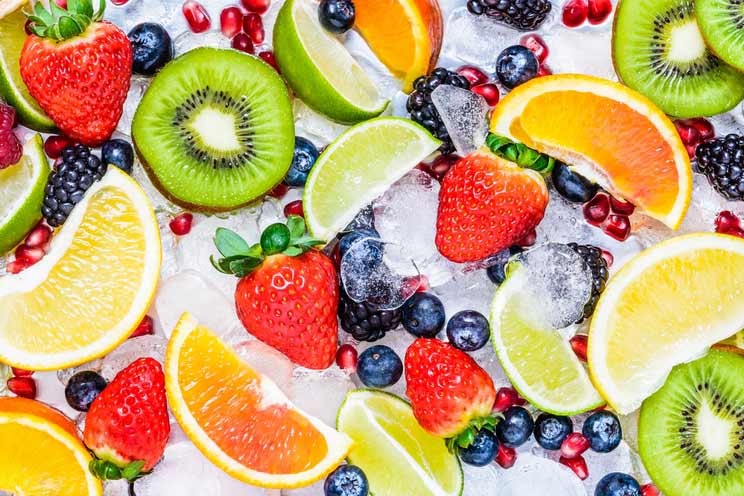
When eaten, fructose is digested and absorbed into the bloodstream via the small intestine. While it doesn’t raise blood sugar as immediately as glucose, it has more long-term negative issues than glucose. (6, 7, 8)
This doesn’t mean you should never eat fruit or honey, but it’s important to be mindful of how much fructose you’re eating on a regular basis. You should also avoid non-Paleo sweeteners that are high in fructose, such as agave and corn syrup.
Here are the biggest reasons to limit your fructose intake.
1. It’s Harder to Digest
While glucose is broken down and absorbed for energy fairly easily by the digestive organs, fructose needs a little extra help.
Fructose needs to be converted in the liver to be used for energy. Not only does this extra step require more effort from the digestive system, but when the liver gets a bigger hit of fructose than it can handle, it converts the excess into extra body fat, which can result in inflammatory problems and even cardiovascular risk. (9) This can increase the risk of issues like obesity, fatty liver disease, and heart disease.
While small amounts of fructose here and there won’t overwhelm the liver, chronically high doses of fructose can be toxic and even lead to non-alcoholic fatty liver disease. (10) So, a daily soda can be just as detrimental as a daily alcoholic beverage. (11)
2. It Can Lead to Type II Diabetes
Because the liver converts extra fructose to fat, it can have a strong influence on insulin resistance. In fact, too much fructose can even tug the body in the direction of metabolic syndrome and type 2 diabetes. (12, 13)
While all forms of excess sugars in the diet can lead to insulin, blood sugar, and diabetes problems, fructose is by far the most damaging. (14) This is due, in part, to how fructose affects the hormones that control appetite. They don’t send the same sorts of satiety signals to the brain that glucose does, disrupting feelings of satisfaction after eating or drinking it, which perpetuates even more cravings. (15)
3. It Increases Obesity Risk
Excess fructose gets converted right into belly fat, and can even increase your odds of obesity. Too much belly fat increases your risk of: (16, 17, 18, 19, 20, 21)
- Cancer
- Heart disease
- Liver dysfunction
- Osteoporosis
- Depression
- Asthma
Research shows that people who drink fructose-sweetened beverages have an almost nine percent increase in belly fat, compared to those who drink glucose-sweetened drinks and gain a five percent belly fat increase. (22)
This doesn’t mean that artificial sweeteners are any better. In fact, diet soda intake is linked with increased belly fat as well. (23)
4. It Leads to Cravings
While all sugar can have an addictive quality, fructose is especially problematic because it doesn’t signal feelings of fullness in the brain after consumption. In fact, it can trigger desires for more, leading to more frequent cravings and even addiction. (24)
In today’s sugar-driven society, it’s estimated that for the average person, as much as 10 percent of their day’s total caloric intake comes from fructose – not just sugar, but fructose alone. (25) The more fructose that people eat, the more they want, leading to a perpetual cycle of overeating. (26)
5. It’s Hard to Avoid
Trying to avoid fructose can get discouraging fast. High fructose corn syrup can be found in lots of processed foods, and just because something isn’t directly labeled as containing fructose, doesn’t mean it’s fructose-free. If you’re serious about avoiding fructose, be prepared to call manufacturers to ask where something is derived from.
Of course the simpler answer is to avoid processed foods entirely. You’ll still encounter fructose in fruits, but since it is also paired with glucose, fiber, vitamins, and minerals, it won’t affect the body in the same manner.
Bottom Line
While a moderate intake of fruit is fine, processed foods containing added sugars will slam your body with high levels of fructose. This can lead to health problems like obesity, insulin resistance, and even sugar addiction. Try cutting back on processed foods to keep your health on track.
Read This Next: 8 Surprising Foods High in Sugar and What to Eat Instead
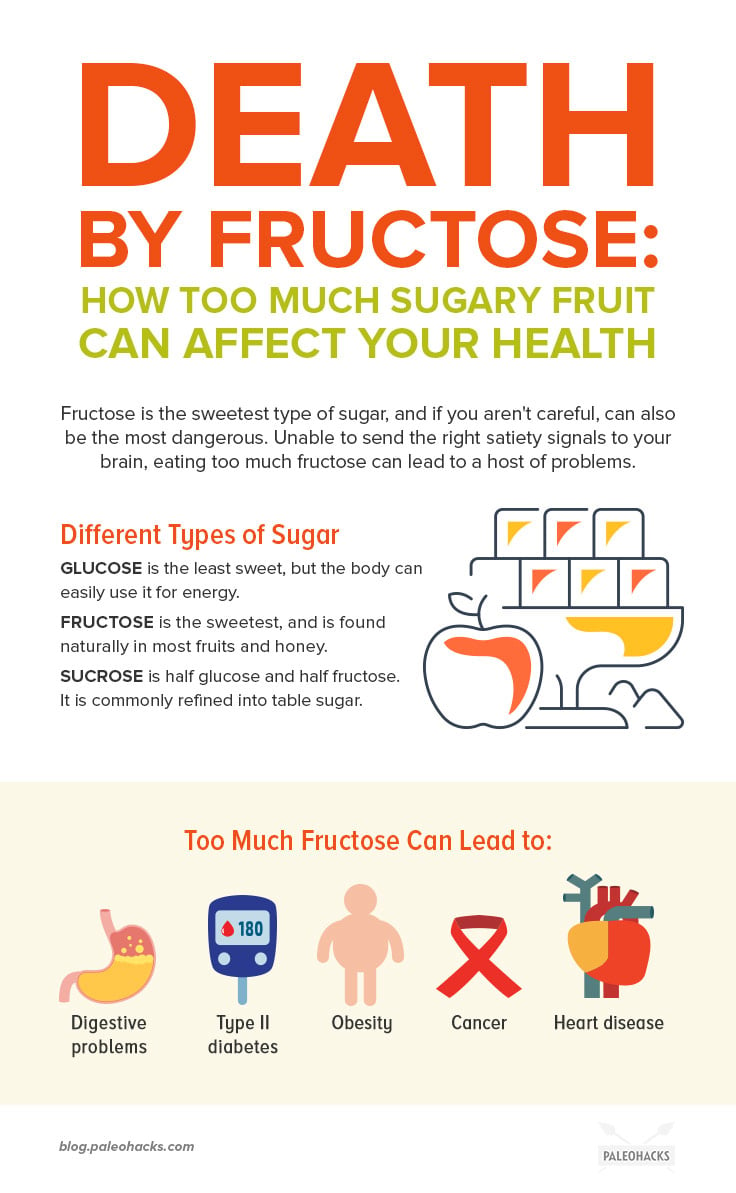


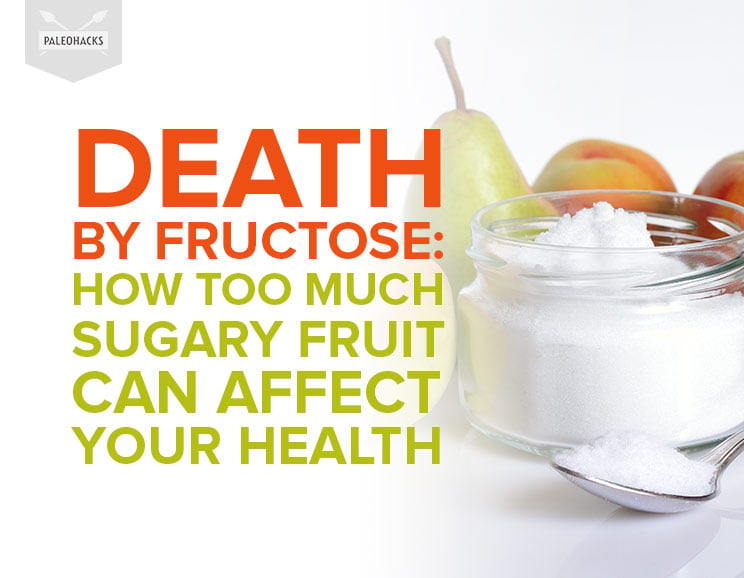
 Prosciutto & Sauerkraut Breakfast
Prosciutto & Sauerkraut Breakfast
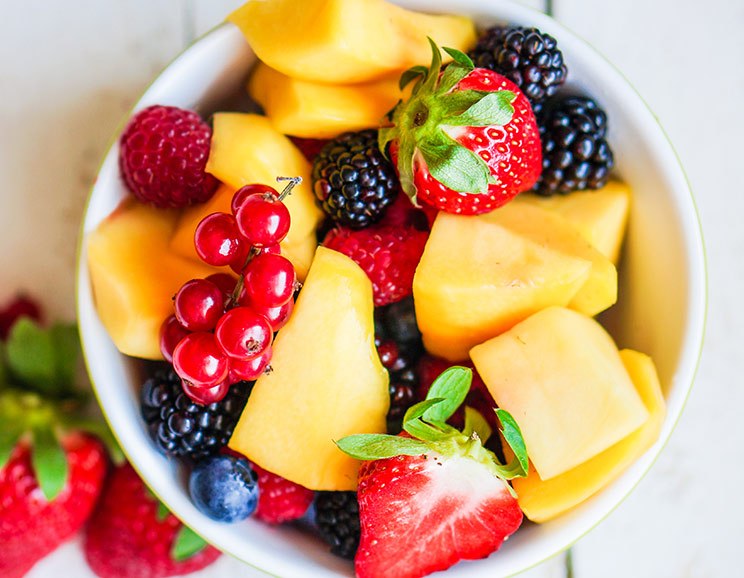


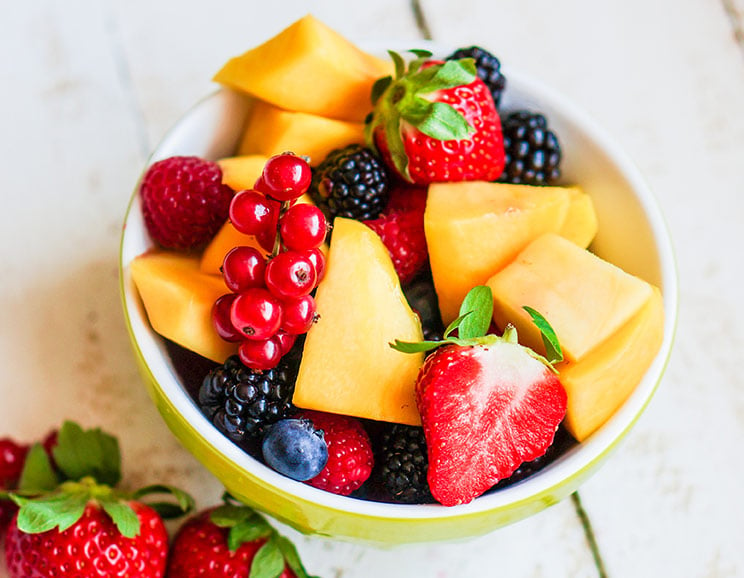

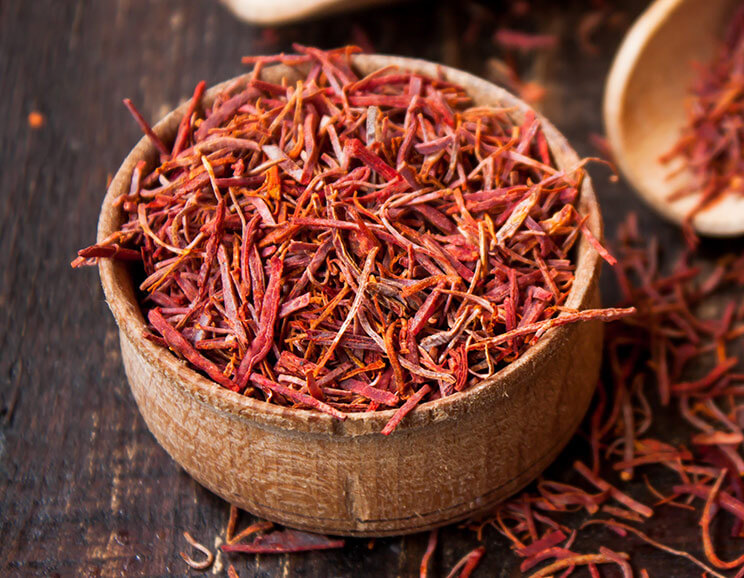
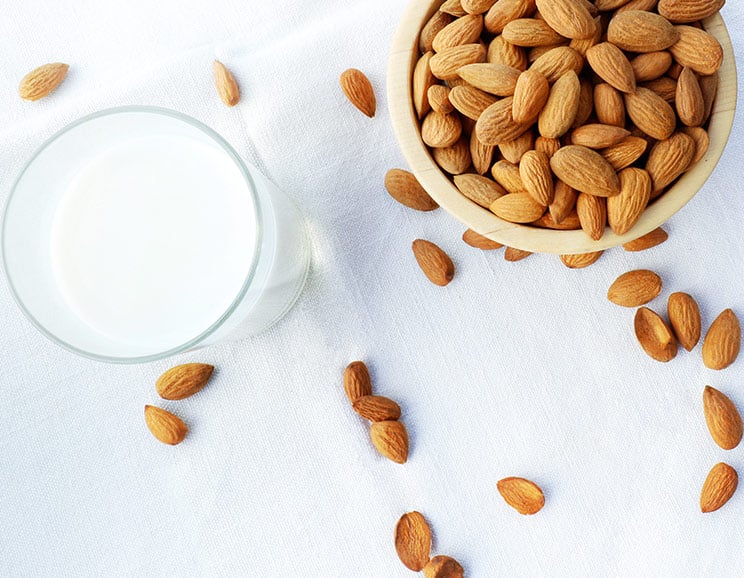
Show Comments